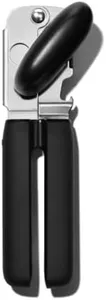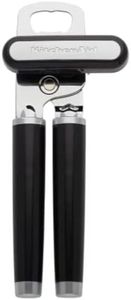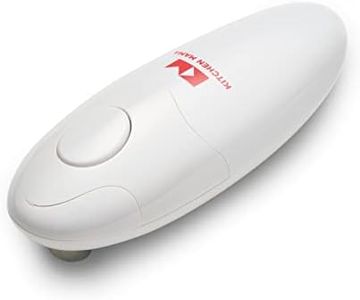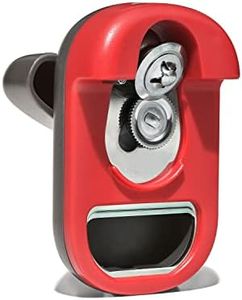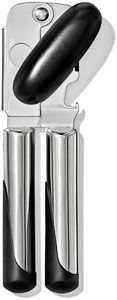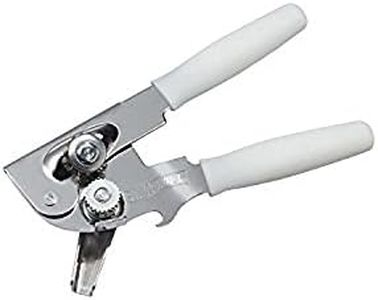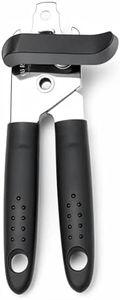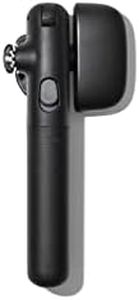We Use CookiesWe use cookies to enhance the security, performance,
functionality and for analytical and promotional activities. By continuing to browse this site you
are agreeing to our privacy policy
10 Best Handheld Can Openers
From leading brands and best sellers available on the web.By clicking on a link to a third party's website, log data is shared with that third party.
Buying Guide for the Best Handheld Can Openers
Choosing the right handheld can opener can make a big difference in your kitchen experience. A good can opener should be easy to use, comfortable to hold, and reliable in opening cans of different sizes. Before you buy, think about who will be using the opener, how often you'll need it, and whether you value extra features like safety or easy cleaning. Investing a few minutes in learning about key features ensures you get a can opener that matches your needs and avoids unnecessary frustration.TypeThere are mainly two types of handheld can openers: manual twist (crank-style) and squeeze-grip (lever-style). Manual twist openers usually have a rotating handle and clamp onto the can, while squeeze-grip models require you to squeeze handles together to cut. If you have strong hands and prefer traditional designs, a twist model may be fine. For those with limited hand strength or arthritis, a squeeze-grip opener might be easier to operate. Consider your own comfort level and who else in the household might be using the opener most often.
Comfort and ErgonomicsComfort refers to how easy and pain-free the can opener is to hold and use, especially if you open multiple cans at a time. Ergonomic handles are designed to fit your hand naturally and probably have cushioned or non-slip grips. If you have small hands or joint issues, look for soft, wide, and non-slip grips to reduce strain. If anyone in your home finds gripping challenging, prioritize ergonomic options. If you only use a can opener rarely and don’t have grip issues, a basic form may work.
Cutting MechanismThe cutting mechanism determines how the opener slices into the lid. Traditional openers cut from the top and leave a sharp edge, while safety (side-cutting) openers separate the lid by slicing the seam, leaving smooth, safer edges. If you’re worried about cuts or have children helping in the kitchen, a safety edge model is a good choice. If fast opening is more important and you’re used to classic models, a traditional blade is fine.
Durability and MaterialCan openers are usually made from stainless steel, plastic, or a combination. Stainless steel parts resist rust and wear, lasting longer; plastic handles can add comfort and reduce weight. If you plan to use your opener frequently, look for mostly metal builds, especially for the gear and blade. Occasional users might find plastic and lightweight models sufficient. If you often wash your opener or live in a humid place, stainless steel can prevent rusting.
Ease of CleaningSome can openers can be washed in the dishwasher, while others require hand washing. Simpler designs with fewer crevices are generally easier to clean, reducing the chance for food buildup and bacteria. If you value quick cleanup, look for openers labeled as dishwasher safe or designed with detachable parts. If not, check that you can wipe the blade component easily and that it doesn’t trap food easily.
Size and StorageThe size of your can opener matters, especially if you have limited kitchen space or often take utensils on the go (such as for picnics or camping). Slim or folding openers are easy to keep in small drawers or carry with you. Larger, bulkier openers might offer more comfort but take up more space. Think about your kitchen layout or portability needs to pick the right size.
